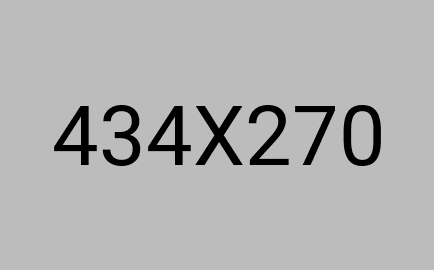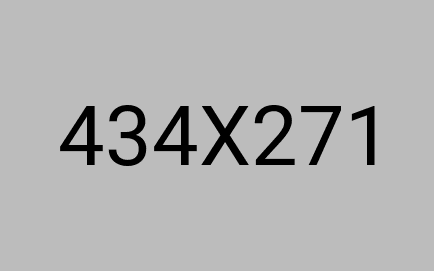 Education,Consultancy
Education,Consultancy 30-07-2024
30-07-2024
Understanding learning styles: A consultant’s perspective

In today's world, the way of learning acts as the key to success. The phrase "Survival of the fittest" has never been as relevant as now in this information age. So, being well-informed raises one to the top of the social and professional pyramid. Thus, the learning of different subjects in the best possible way is essential. The guiding force behind it must be appropriate in order to achieve measurable success.
The 4 primary learning styles:
Based on the way at which the information is absorbed by the learner, scientists have come up with a theory called VARK which is abbreviated as Visual, Auditory, Kinesthetics, and Reading/writing. People always tend to take side with one method, but learning methods differ for each person, it is important to analyse and find the one that best suits them.
Visual Learning
Visual learners are those people who take in their information visually with different kinds of resources like maps, charts and others which can be understood by visual interpretation. So visual learning could also compose of photos or videos, right? The answer is no. Although visual interpretation could include photos and videos by context, it is more effective with patterns, shapes, etc.
The best way to enable these individuals to learn is by showing them the relationship between different concepts visually. For example, by explaining the process with a block diagram or a flowchart could prove very effective in making them understand the information.
Auditory learning
Auditory learners are people who are better at understanding or learning information by listening or expressing it out themselves by talking. This listening method can be done by listening to someone, or repeating the information to another person can enable them to actively learn faster and better.
These types of learners, hence, shall be able to understand clearly if they are put forward with tasks that need them to listen or speak about the topic that they need to learn. Some good ways of promoting this are by having group discussions, seminars and lectures. They are the most common learners since this kind of teaching is what has been followed by educational institutions in India.
Kinesthetic learning
Kinesthetic learners are people who prefer to learn by practically working on something. They enjoy the excitement they get when they get to know something by actually experiencing it first-hand rather than listening or reading about it. These people are usually very fast in learning as they grasp it directly from the hands-on and they do understand everything exceptionally well.
The best way to teach these people is by using methods like practices, experiments, tasks which require them to physically do it in order to understand it. Thus, this kind of learning is essential for practical knowledge, which is a key attribute in becoming a knowledgeable person.
Reading and Writing
This style of learning is one of the most common in Indian education institutions. Reading and writing is the so-called effective strategy that we are obligated to accept. Though being an effective way, there is no reason for boxing ourselves up within these boundaries.
Tests and exams are conducted to make us read and write the information so that we will be able to understand them and most importantly remember them even after a long time. This learning style varies with each person as one is good at grasping things by reading, but another can take a lot of time and hence must be properly guided to choose a proper way to learn the information to make it more effective and productive.
Need for Consultation
Improper learning styles result in ineffective learning. This gives no real benefit to the learner. Various factors dictate the selection of an appropriate learning style for a given student, and this is where consultancies play an important role. Consultancies can add great value to learning if appropriate learning style identification is made possible by proper consultation with experts.
Proper analysis of Strengths
Consultancies assess a person by one's behaviour and test on various scenarios. They can then recommend the most appropriate learning styles, playing off the subject's strengths and formulate the most appropriate education course. Such customized recommendations give more chances for success.
Avoiding Wrong Choices
Certain information is more easily absorbed in certain formats. A graph or chart may explain a table better rather than volumes of text. A possible issue with the consultancy sector is that people like to stay within their known learning styles rather than the more pragmatic ones as they feel the latter would be too much of a challenge. This can be overcome by proper guidance.
Hybrid learning
There may be instances where different learning styles need to be followed. One such instance is preparing for an oral exam. It requires reading and understanding the concepts related to the subject concerned, and then practice speaking on those concepts. Consultancies can detect when hybrid learning methods is necessary and help the individual apply them effectively.
Conclusion
Mastering and applying the different learning styles is the key to success at school and in one's professional life. Each style, be it visual, auditory, kinesthetic, or reading/writing, has its own strengths and applications. Professional consultants can counsel a person properly to choose appropriate methods to meet his needs, thus avoiding the pitfalls of unsuitable approaches to learning. Expert advice can help one navigate all the complexities of learning styles and ensure that strategies one chooses are workable and aligned with individual strengths. Once we recognize and use our special learning preferences, we gain an increased capability to absorb information and retain it for reaching our full potential.



Olushola Michael F.
23 september, 2022i love it. its explanatry enough for anybody, irrespective your background in IT.
ReplyJohhny Deep
23 september, 2022i love it. its explanatry enough for anybody, irrespective your background in IT.
Reply